Hanwha Ocean hosted Minister Mélanie Joly at its advanced shipbuilding facilities, showcasing the KSS-III submarine proposed for Canada’s Patrol Submarine Project. Discussions focused on industrial capability, economic growth, and deepening Canada–South Korea cooperation. Hanwha highlighted its fast delivery schedule, strong Canadian partnerships, and the KSS-III’s proven performance and Arctic-ready capabilities.
SkyAlyne and the Royal Canadian Air Force celebrated the acceptance of the first four CT-102B Astra II aircraft at 15 Wing Moose Jaw. These aircraft will support development of the Future Aircrew Training (FAcT) program. A fifth CT-102B has now arrived, with further deliveries set to continue in 2026.
Saab and CAE have signed a global cooperation agreement to deliver advanced training solutions for Saab’s Airborne Early Warning platforms, including GlobalEye. Announced during the Swedish Royal Visit to Canada, the partnership strengthens bilateral defence ties and combines Saab’s AEW expertise with CAE’s simulation leadership to enhance global airborne surveillance readiness.
Deutsche Aircraft is showcasing its next-generation D328eco® at the ATAC Conference, highlighting sustainable regional connectivity for Canada. With Canadian-built engines, short-runway performance and multi-mission versatility, the aircraft is engineered to serve remote communities, reduce emissions and improve economic viability. Company leaders will share insights on sustainable flight and future-ready regional aviation.
Lockheed Martin Canada’s CMS 330 has been selected for the German Navy, marking a government-to-government deal expected to exceed $1 billion. The agreement strengthens Canada-Germany defence cooperation, showcases Canadian naval innovation, boosts interoperability among allied navies, and creates significant economic opportunities for Canadian and German industry, academia, and suppliers.
Seaspan Shipyards has delivered the Offshore Oceanographic Science Vessel, CCGS Naalak Nappaaluk, to the Canadian Coast Guard—the fourth large vessel built under the National Shipbuilding Strategy. Named after a respected Nunavik elder, the vessel replaces CCGS Hudson and will serve as Canada’s primary oceanographic research platform and a versatile Coast Guard asset.
Calian Group Ltd. has launched its first Calian VENTURES partnership with TACTIQL Inc. to co-develop Canadian-made ISR and command-and-control solutions for the Canadian Armed Forces. Combining Calian’s systems integration expertise with TACTIQL’s advanced FULCRUM platform, the collaboration aims to enhance interoperability, situational awareness, and defence modernization for Canada and its allies.
ROK Foreign Minister Cho Hyun visited Bombardier’s assembly plant in Toronto during the G7 Foreign Ministers' Meeting. He highlighted Bombardier’s role in strengthening Korea’s defence capabilities, reaffirmed growing Korea–Canada security cooperation, and expressed support for Canada’s defence modernization. Bombardier officials emphasized their interest in expanding defence and aviation collaboration.
Saab has signed a SEK 510 million contract with Denmark’s Ministry of Defence Acquisition and Logistics Organisation to deliver Carl-Gustaf M4 weapons, ammunition, and training equipment between 2026 and 2028. The Carl-Gustaf M4 provides unmatched precision, portability, and versatility, continuing Saab’s long-standing support for the Danish Armed Forces.
Calian Group Ltd. has accelerated its board renewal process and formed a temporary committee to oversee divestitures of non-core assets, following a co-operation agreement with major shareholder Plantro Ltd. The changes aim to enhance governance, refine strategy, and position Calian for growth across defence, space, healthcare, and critical infrastructure sectors.
Hanwha Ocean has signed an MOU with PCL Construction, Canada’s largest general contractor, to collaborate on infrastructure development for the Canadian Patrol Submarine Project. With its KSS-III submarine, Hanwha aims to deliver a full fleet before 2043, strengthening Canada’s defence capabilities and industrial partnership with South Korea.
General Atomics Aeronautical Systems has unveiled Gambit 6, the latest evolution in its modular UCAV family. Expanding from air-to-air to air-to-ground combat, Gambit 6 supports electronic warfare, SEAD, and deep strike missions. Its modular architecture, stealth design, and scalability make it a flexible, cost-efficient solution for modern defense challenges.
Arcfield Canada has been selected by MDA Space Ltd. to support the Royal Canadian Navy’s Halifax-class ships with new Uncrewed Aircraft Systems. Arcfield will provide specialized airworthiness expertise to ensure the systems meet DND standards, enhancing the Navy’s maritime intelligence, surveillance, and operational capabilities at home and abroad.
At the 2025 IACP Annual Conference, Stellantis Fleet & Business Solutions and Roshel unveiled a new lineup of armored vehicles tailored for U.S. government, law enforcement, and diplomatic missions. Highlights include the armored Jeep® Wagoneer and Roshel’s Senator MRAP, combining Stellantis’ OEM platforms with Roshel’s combat-proven armor technologies.
Roshel, a Ford Pro certified upfitter and global leader in armored vehicle manufacturing, unveils its new armored Ford Bronco at IACP 2025 in Denver. Designed for law enforcement, it delivers full 360° ballistic and blast protection, exceptional off-road performance, and cutting-edge technology—setting a new benchmark in tactical vehicle innovation.
Arcfield Canada Corp. has appointed Luc Sabourin as Vice President of Canadian Operations. With over 30 years of aerospace and defence experience, including senior roles at L3Harris MAS and in the RCAF, Luc will drive strategic growth, operational excellence, and future business opportunities for Arcfield’s Canadian operations.
Hanwha Ocean attended DEFSEC 2025 in Halifax, meeting over 35 Canadian organizations as part of its ongoing efforts to build strong industry partnerships under the Canadian Patrol Submarine Project (CPSP). Hanwha is committed to long-term collaboration that supports Canada’s defence needs, creates economic opportunities, and strengthens Canada–Korea ties.
Babcock Canada has partnered with NyRad Inc. to enhance the Canadian Patrol Submarine Project (CPSP). NyRad will serve as Babcock’s ITB consultancy, combining Babcock’s submarine sustainment experience with NyRad’s expertise in industrial and economic benefits. This partnership aims to strengthen Canadian sovereignty, innovation, and job creation within the submarine industry.
Stantec and Seaspan have completed a new 272-metre outfitting pier at Vancouver Shipyards, designed to support large Royal Canadian Navy and Coast Guard vessels under Canada’s National Shipbuilding Strategy. Featuring modern utilities, heavy-load capacity, and climate resilience, the pier enhances Seaspan’s ability to deliver advanced ships while driving economic growth.
Irving Shipbuilding Inc. has awarded L3Harris a contract to deliver the Visual Surveillance System (VSS) for Canada’s River-class destroyer program. Valued at over $170 million, the project enhances situational awareness, creates high-skilled jobs in Quebec, strengthens Canada’s defence industry, and supports the National Shipbuilding Strategy’s long-term economic and naval goals.
The Airbus H135 completed its first production test flights for Canada’s Future Aircrew Training (FAcT) program. Selected by SkyAlyne for the RCAF, the CT-153 Juno helicopters feature advanced avionics and twin-engine capability. Final completion will occur at Airbus Helicopters in Fort Erie, ensuring future RCAF pilots train on cutting-edge technology.
Hanwha Ocean and Babcock Canada have signed a Teaming Agreement to support the Canadian Patrol Submarine Project (CPSP). This partnership combines Hanwha’s world-class submarine design and construction with Babcock’s proven in-service support expertise, ensuring Canada can build, sustain, and operate a future fleet of up to twelve advanced submarines by 2035.
Deputy Minister of National Defence Stefanie Beck visited Hanwha Ocean’s shipyard in South Korea, touring the KSS-III Batch-II submarine—Hanwha’s proposal for Canada’s Patrol Submarine Project. Hanwha highlighted its advanced capabilities, fast delivery schedule, and major economic benefits, including technology transfer, Canadian jobs, and strengthened Canada–Korea defence and industrial cooperation.
The Department of National Defence (DND) has integrated the Canadian Coast Guard (CCG) into the Defence Team, strengthening Canada’s maritime security. This milestone enhances interdepartmental collaboration, boosts Arctic operations, and positions the CCG to expand into maritime security under Bill C-2—all while maintaining its civilian Special Operating Agency status.
SkyAlyne, a joint venture between CAE and KF Aerospace, has completed Factory Acceptance for the first two Grob G 120TP aircraft, designated CT-102B Astra II, for the RCAF’s Future Aircrew Training (FAcT) program. These advanced trainers will serve as the foundation of Canada’s renewed pilot training capability at 15 Wing Moose Jaw.
General Atomics Aeronautical Systems’ YFQ-42A Collaborative Combat Aircraft has begun flight testing with the U.S. Air Force. Built in just over a year, the uncrewed jet combines stealth, AI-driven autonomy, and rapid production capability. This milestone marks a major step toward affordable, scalable air dominance and future combat readiness.
Seaspan, a long-standing sustainment partner for the Royal Canadian Navy, welcomes Canada’s progress in procuring a new submarine fleet. With 15+ years of submarine maintenance expertise, a skilled Canadian workforce, and deep RCN partnerships, Seaspan is ready to ensure smooth transition, operational success, and long-term economic benefits for Canada’s defence industry.
Hanwha Ocean has been selected as a qualified supplier for Canada’s Patrol Submarine Project. Its KSS-III design offers Arctic capability, stealth, and extended range, with delivery of 12 submarines by 2043. Hanwha pledges economic growth, industry partnerships, and strengthened Canada–South Korea ties, supporting Canada’s defence and Indo-Pacific Strategy goals.
Davie has officially begun construction of the Polar Max icebreaker, a landmark in Canadian shipbuilding. Built through collaboration between Davie’s Lévis facility and Helsinki Shipyard, the vessel will boost Arctic sovereignty, create thousands of jobs, strengthen Canada’s marine supply chain, and accelerate delivery under the National Shipbuilding Strategy.



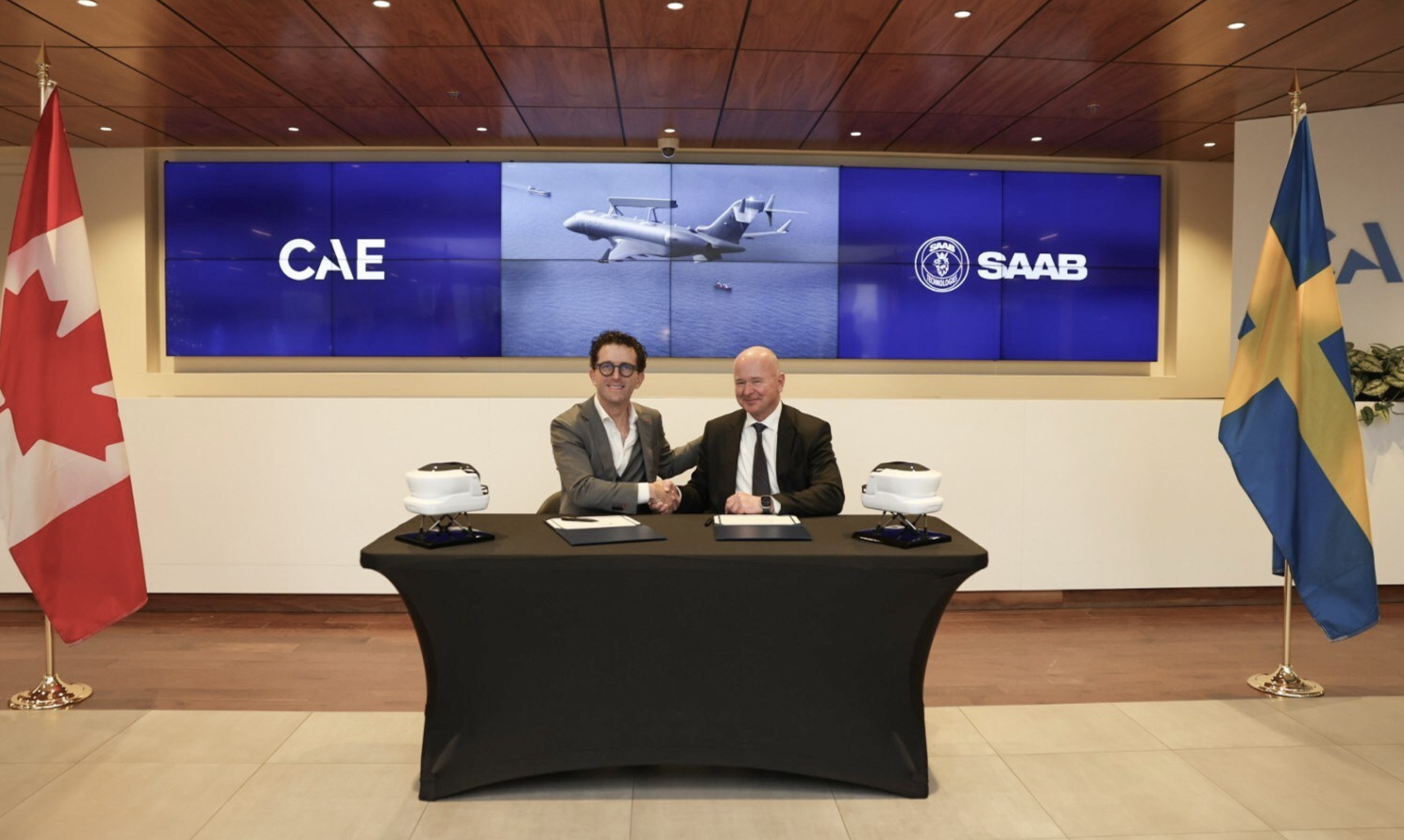
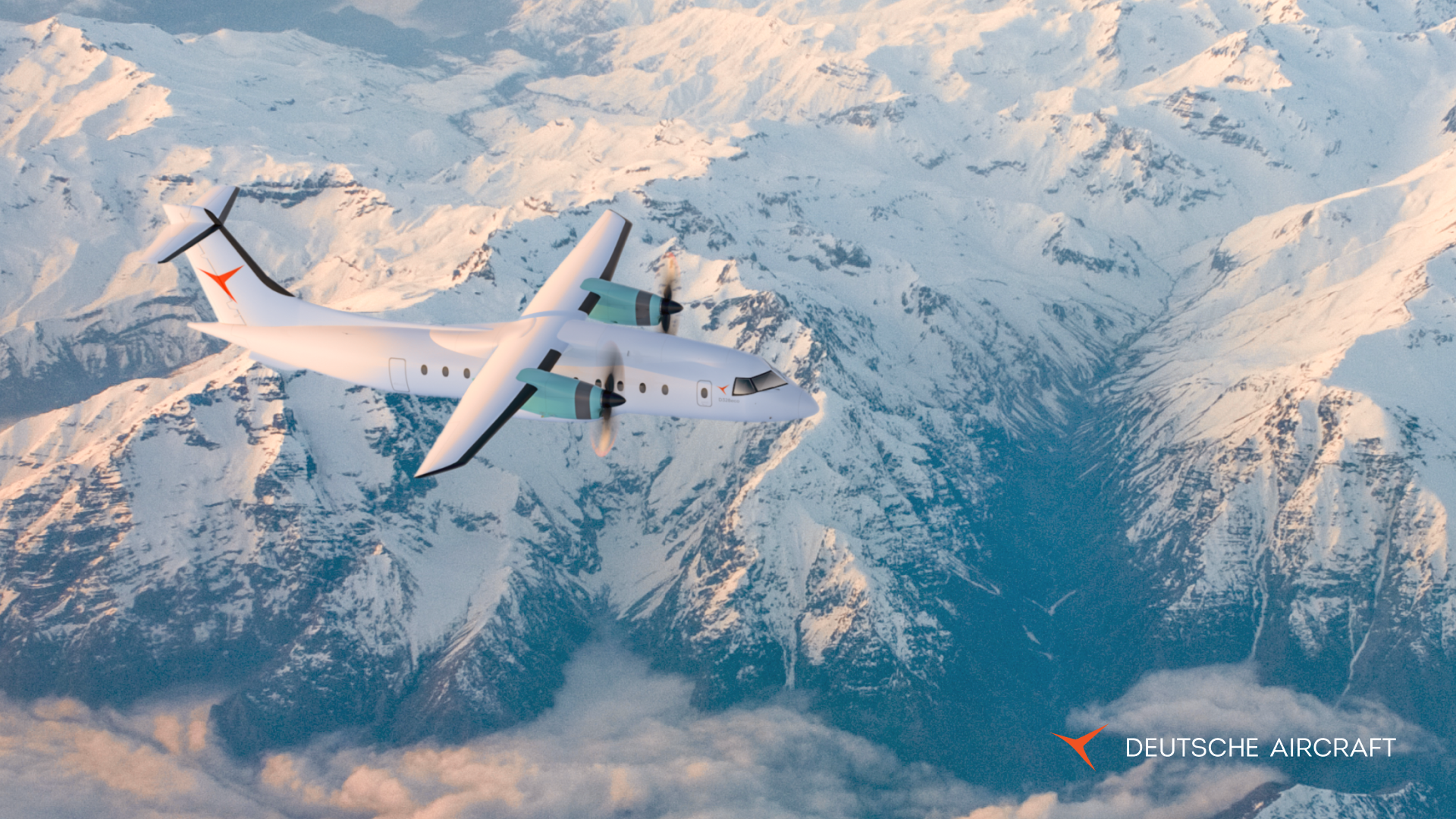













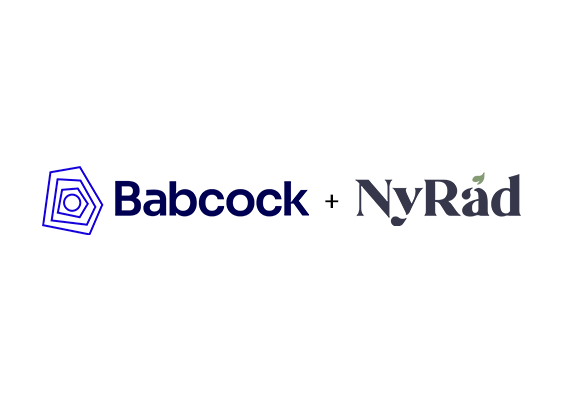




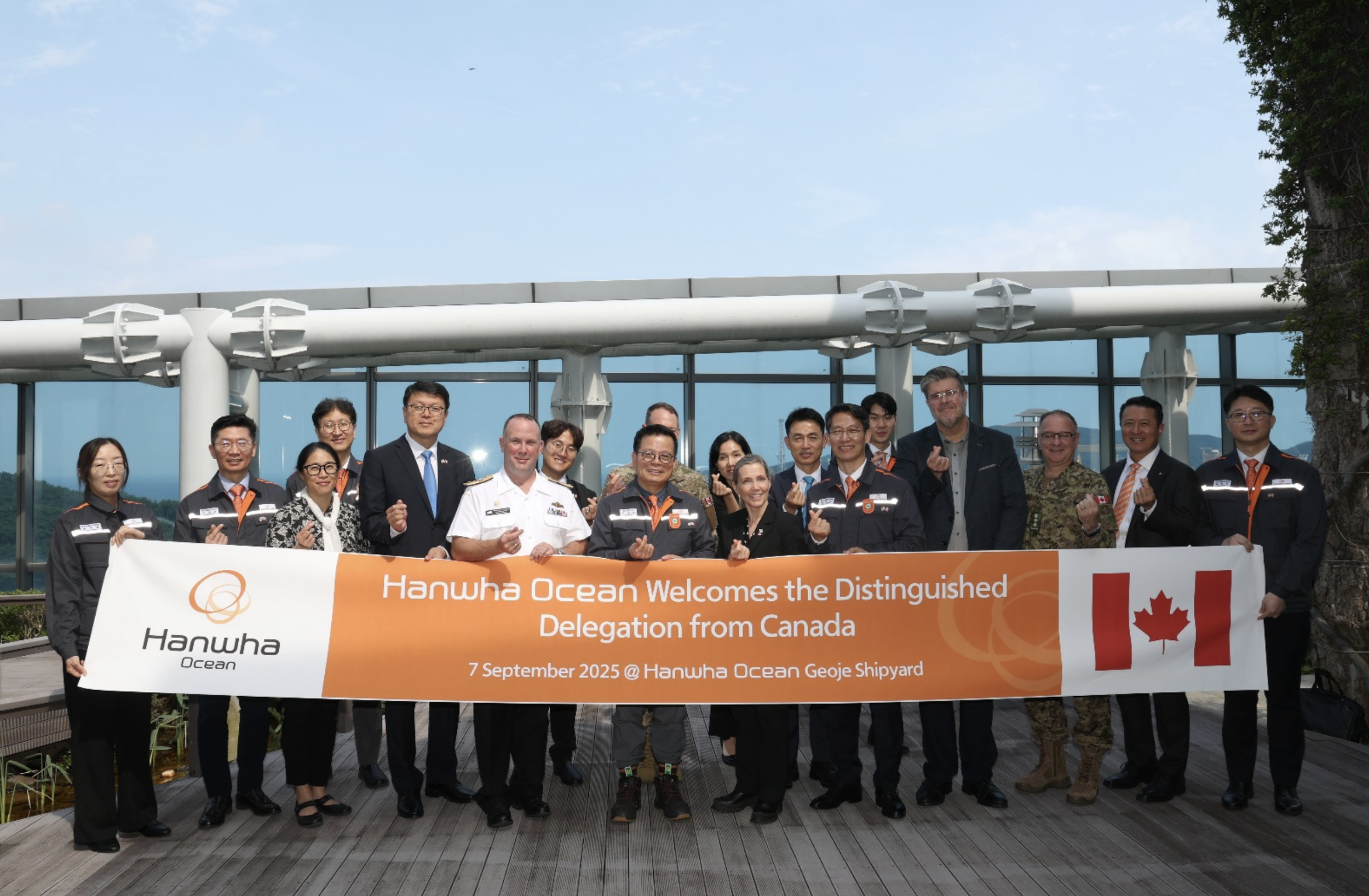



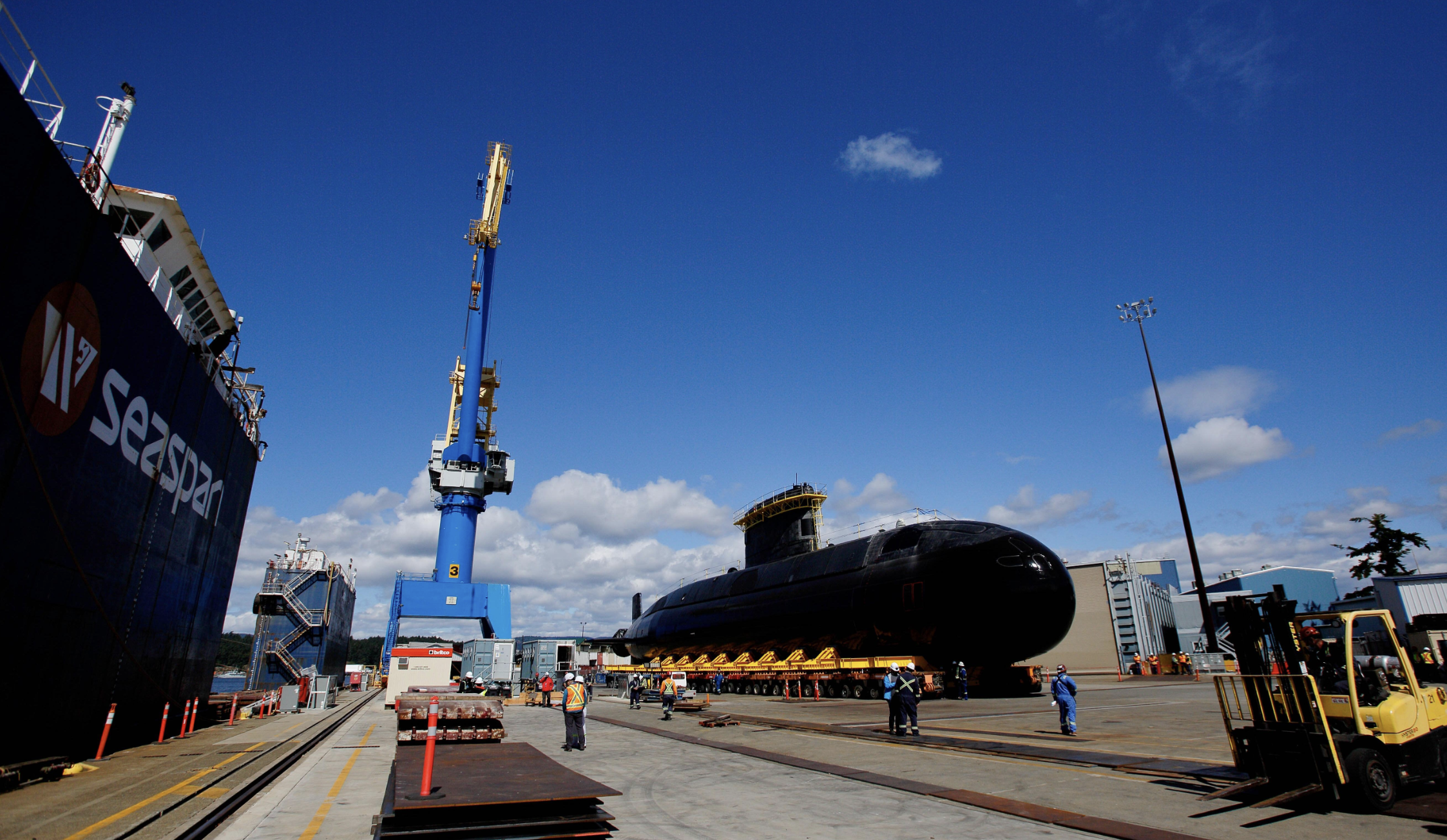

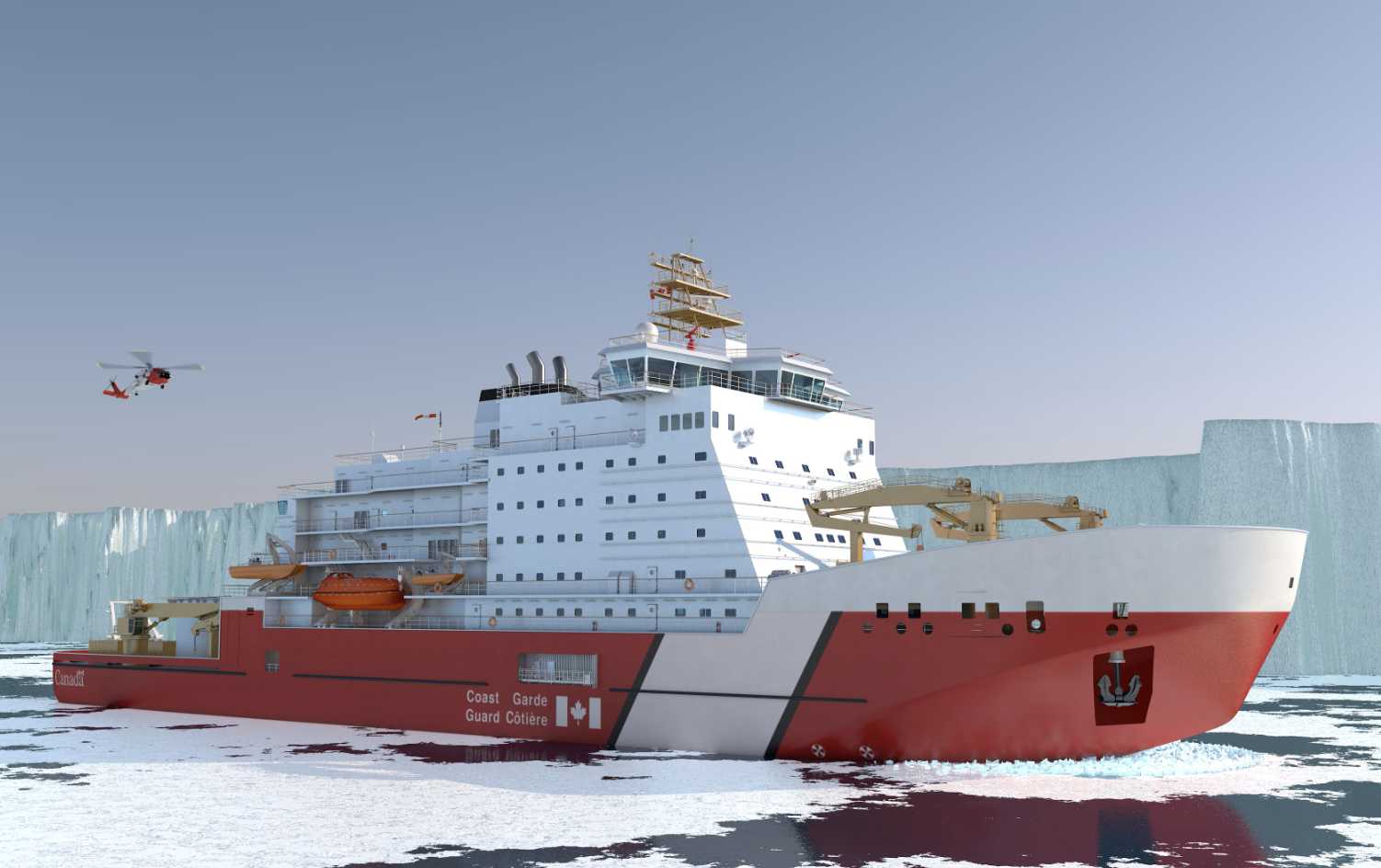
Serco has been selected as a key subcontractor for SkyAlyne’s 25-year Future Aircrew Training (FAcT) program for the RCAF. Serco will deliver essential training enablers—from air navigation services to facility management—supporting a seamless transition to FAcT and strengthening Canada’s modernized, next-generation pilot and aircrew training system.